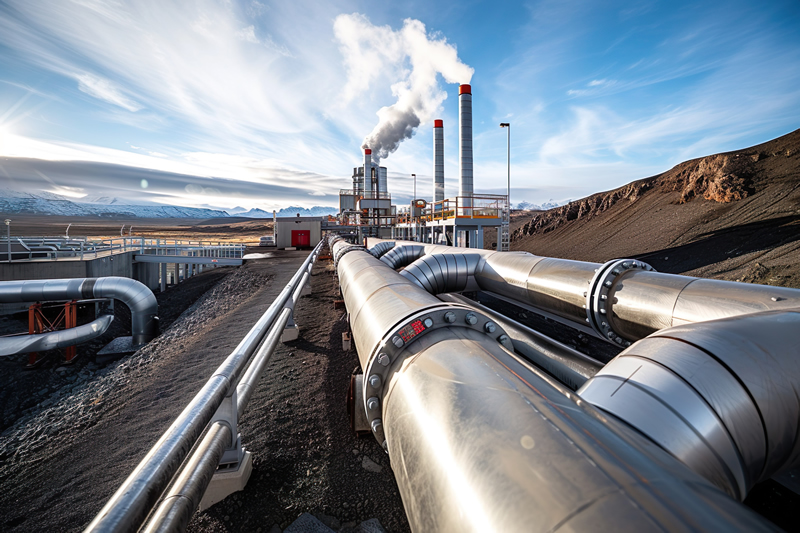UK Approves Viking CCS Pipeline to Support Major Carbon Capture Efforts
16
The UK government has granted formal approval for the Viking onshore pipeline, a £200 million (~$250 million) project that will play a central role in large-scale carbon capture and storage (CCS) initiatives off the coast of Lincolnshire.

The 34-mile underground pipeline will carry dense-phase CO2 from Immingham to the Theddlethorpe Gas Terminal, where it will then be transported offshore for permanent storage in the Viking gas fields beneath the North Sea. Led by Harbour Energy and supported by BP, the Viking CCS pipeline is a core element of a wider CCS strategy expected to attract £7 billion (~$9 billion) in investment to the Humber region by 2035. The project is forecast to deliver strong economic benefits, including:
- Creation of up to 10,000 construction-related jobs
- A projected £4 billion (~$5.2 billion) boost to the UK economy over the next decade
The development plan includes extensive infrastructure such as valve stations, inspection and venting systems, construction compounds, material storage facilities, and access roads. Approval followed a comprehensive six-month review by the Planning Inspectorate, which included input from local communities, councils, and statutory bodies. Based on its findings, the Inspectorate recommended approval, and final consent was granted by the Secretary of State for Energy Security and Net Zero.
The Viking fields are estimated to offer 300 million metric tons of COCO2 storage capacity, with the goal of reaching an annual injection rate of 10 million tons by 2030. Key Elements of a CCS Pipeline:
Purpose:
- To move CO2 in a safe, efficient, and sealed manner from the point of capture to the point of storage.
- It plays a critical role in the CCS chain, which includes:
- Capture of CO2 at source
- Transport (via pipeline, ship, or truck)
- Storage, usually in depleted oil/gas reservoirs or deep saline aquifers
Transport Method:
- CO2 is usually transported in a dense or supercritical phase, which means it's compressed into a fluid-like state to maximise efficiency and minimise pipeline size.
- CCS pipelines are similar in design to oil or gas pipelines but are specifically engineered to handle CO2's physical properties and prevent leaks.
- They include monitoring systems, valves, and safety features to manage pressure, temperature, and flow.
End Destination:
- The pipeline leads to permanent geological storage, often thousands of meters underground, where the CO2 is injected into porous rock formations capped by impermeable layers that prevent its release.
#Protea #Emissions #Monitoring #CEMS #FTIR #Gas #Analysers #Shipping #Marine #Carbon #Capture
Other Articles
Global Underground CO2 Storage Data Offers Hope Amid Rising Emissions
01
IMO Postpones Adoption Of Global Net-Zero Shipping Framework
04
Pioneering Carbon Capture Projects Ready For Construction
03
Methanol & Ammonia Deemed Ready As Zero-Emission Shipping Fuels
01
Carbon Capture Storage Reaching A Turning Point In Decarbonisation
13
CCS To Capture 15% Of Shipboard Carbon Emissions By 2050
29
Global Shipping Industry Struggles To Navigate Net Zero Transition
21
Carbon Capture Surges as Economics Policy & Industry Demand Align
14
GHG Emissions At Ports On The Rise Despite Initiatives
07
Carbon Capture Utilisation & Storage In A Nutshell
30
